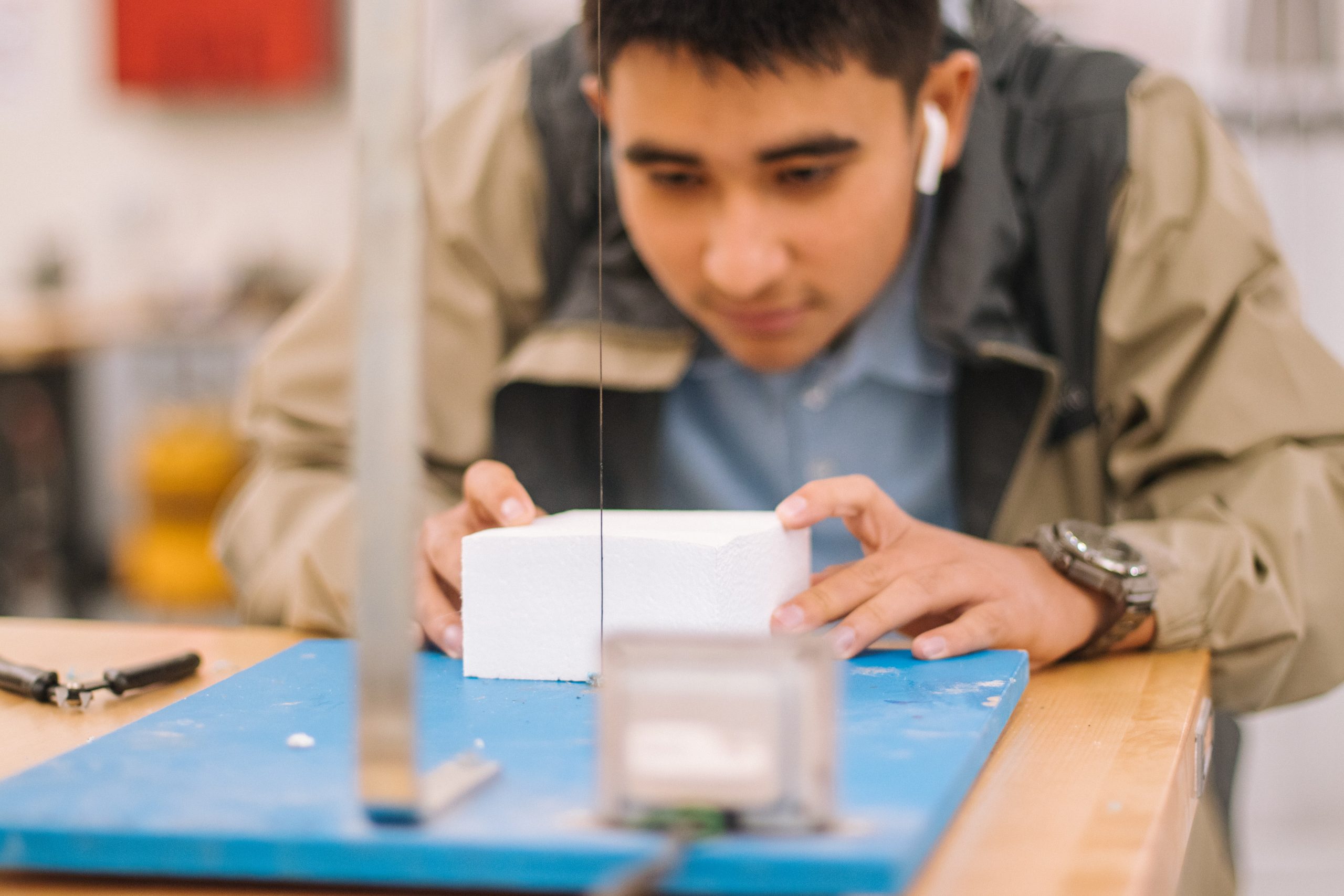Defense Missions That Engage and Inspire, Recruit and Retain

Science, Technology, Engineering, and Mathematics (STEM) provide the foundation for technological achievements that are crucial to U.S. national security, economic growth, and public health and safety. As a step toward understanding how to foster a workforce with strong STEM capabilities and skills, the SERC undertook a two-part study commissioned by the Under Secretary of Defense for Research and Engineering (USD(R&E)). The study aims to support development of policy options that promote DoD-Defense Industry collaboration in STEM education and workforce development with multiple goals: moving DoD-Defense Industrial Base (DIB) relationships and activities from ad hoc and incidental collaborations to partnerships that create a technical workforce to meet defense missions; supporting educational opportunities for defense sector personnel in government and industry; and increasing educational opportunities for veterans and military dependents.
The first phase of the study assessed and reviewed DIB STEM-related activities, the DoD STEM website and its summaries of relevant activities, conducted discussions with principals representing a sampling of these programs, and gathered information from external organizations and literature research to identify current best practices, implementation models, and assessment methodologies. While it was found that there exist many excellent STEM outreach activities in both the DoD and DIB organizations, STEM-related collaboration between the DoD and DIB is rare. At present, no operational construct exists—and therefore no or little public recognition or visibility—to motivate development of collaborative partnerships that could yield synergistic impacts. And while the skilled technical workforce (STW) is increasing in importance, current post-secondary interventions by both the DoD and DIB focus largely on College/University programs rather than engaging Community Colleges and Technical Institutes.
“We were extremely impressed by the passion and commitment of individuals across both the DoD and its industrial base – many devoting time as volunteers – to help grow future generations of STEM talent in support of defense missions. But we characterized the landscape as a thousand points of light – each meritorious but failing to deliver synergistic impacts. We believe there is huge potential to increase collective impacts through collaborative efforts between the DoD and its industrial base and hope that our work moves the needle in that direction,” said Ruth David, AIRC Fellow and Co-Principal Investigator on the study.
The study’s report lays the groundwork for a transition to DoD-DIB collaborative partnerships, in an effort to scale up exceptional programs, amplify collective impacts, focus more clearly on high-priority populations, and provide a path to system-level assessments that lets both DoD and the DIB better understand the return on their investments over time. Recommendations include:
- using existing coordination constructs as well as developing new efforts to support DoD-DIB collaboration to mitigate the shared risks stemming from projected shortfalls in the STEM/STW workforce;
- creating an annual awards program to recognize successful DoD-DIB collaborative partnerships and generate incentive for industry participation. Both government and industry personnel should be eligible for recognition of volunteer efforts; and
- engaging more effectively with Community Colleges/Technical Institutes, including providing financial, materiel, and technical support and expanding beyond the current focus on manufacturing/industrial skills, to build the STW needed for defense missions and reach the underserved/underrepresented populations that are a priority for diversification of the STEM talent pool. Additionally, a dedicated scholarship should be established to support reskilling and/or upskilling of veterans.
The study’s second phase undertook deeper dives into related topics with a focus on:
- identifying additional DoD-DIB collaborative opportunities, as well as motivating incentives;
- leveraging existing DoD programs (including DoD educational institutions) when possible;
- exploring external models for STEM-related systemic reform;
- leveraging the virtual environment more effectively;
- identifying additional options for expanding and diversifying the clearable talent pool;
- exploring further the STW needed for defense missions; and
- exploring the STEM-related nonprofit landscape to identify new opportunities to leverage their efforts in creating the clearable technical workforce.
The study expands the vision for how policy can further DoD-DIB collaboration through initiatives that: “engage and inspire” to expand and diversify the available STEM talent pool; “attract to defense missions” at an early age through interventions including role models and mission relevant STEM activities; and “recruit and retain” the requisite STEM-skilled workforce through additional opportunities for personal development including reskilling and upskilling as needed.
